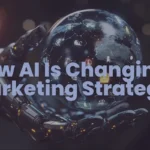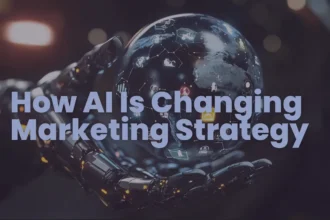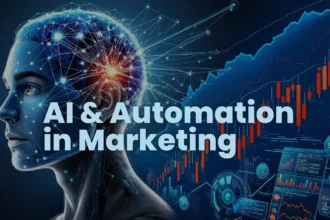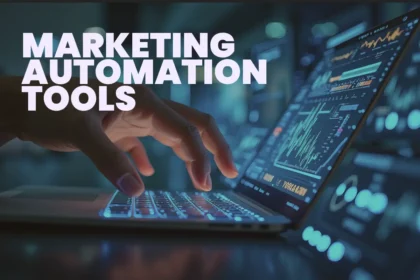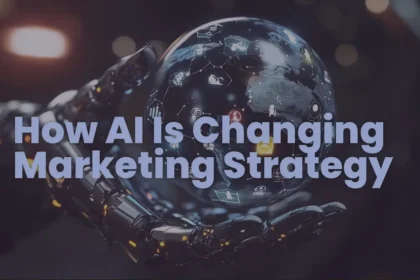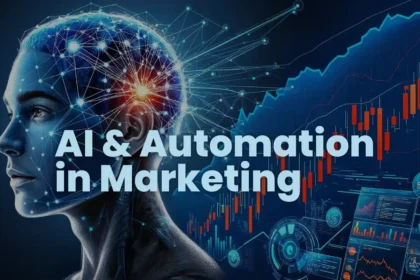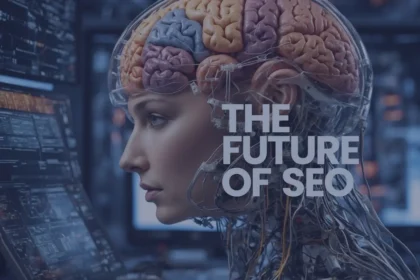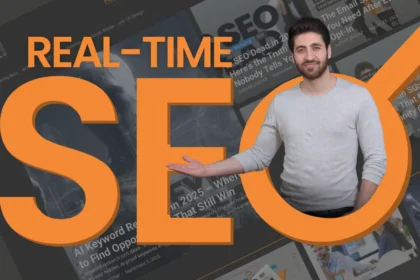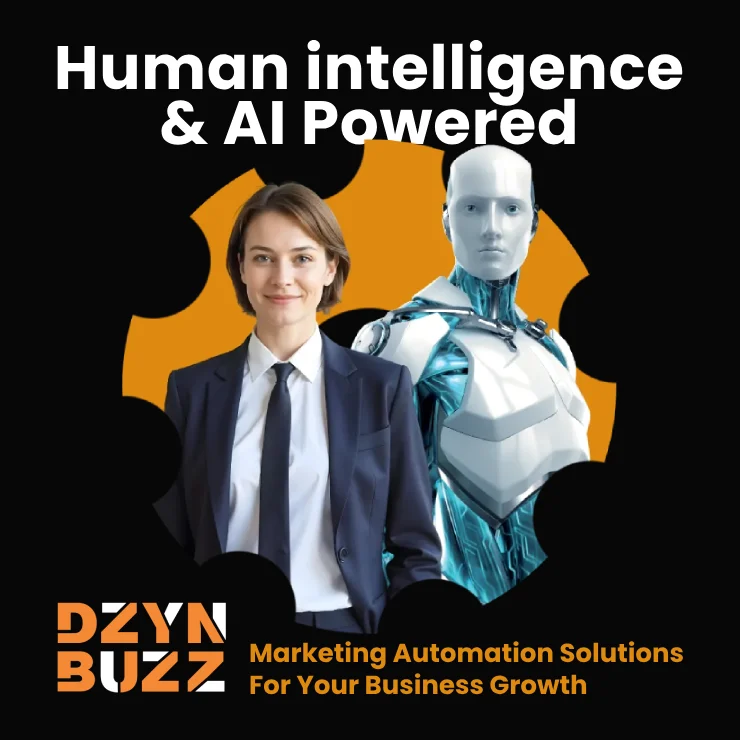The Rise of Marketing Automation in 2025
If you’re still managing campaigns manually, you’re already behind. The best marketing automation tools in 2025 don’t just save time but they reduce costs, improve accuracy, and allow marketers to focus on creativity and strategy instead of repetitive tasks.
With AI integration becoming standard, today’s automation tools handle everything from CRM workflows to email campaigns, ad optimization, and social media scheduling. Businesses that embrace these tools gain a measurable advantage, while those that hesitate risk wasting both time and budget.
Why Marketing Automation Tools Matter
Marketing automation tools are the backbone of AI and automation in marketing. They:
- Streamline repetitive tasks (email sends, reporting, lead scoring).
- Ensure faster response times to customer actions.
- Unify data across platforms for better decision-making.
- Cut down on wasted ad spend through AI-driven optimizations.
For the bigger picture of how these tools fit into strategy, read How AI Is Changing Marketing Strategy in 2025
Categories of the Best Marketing Automation Tools in 2025
1. CRM Automation Platforms
Customer Relationship Management tools now go beyond storing contact info. AI-powered CRMs automate:
- Lead scoring and prioritization.
- Automatic follow-ups based on customer behavior.
- Syncing with email, ads, and service platforms.
Examples: HubSpot, Salesforce Einstein, GoHighLevel.
2. Email Marketing Automation
Email remains one of the most effective channels, and AI email automation tools ensure relevance and timing. Features include:
- Behaviour-triggered campaigns.
- AI-optimized subject lines and send times.
- Dynamic personalization for each subscriber.
Examples: Mailchimp AI, ActiveCampaign, Klaviyo.
Want to see how personalization works at scale? Check Personalization at Scale: AI in Email & Ads (Coming Soon)
3. Social Media Automation
In 2025, social platforms demand consistent, real-time content. Social automation tools help marketers:
- Schedule posts across multiple platforms.
- Monitor engagement and respond faster.
- Use AI to suggest trending topics and hashtags.
Examples: Buffer AI, Hootsuite, SocialBee.
4. Advertising Automation
Paid ads drain budgets fast if left unchecked. AI ad automation tools optimize spend by:
- Adjusting bids in real time.
- Testing creative variations automatically.
- Delivering ads only to high-conversion segments.
Examples: Google Ads AI, Meta Ads Manager, AdEspresso.
5. Workflow Automation Tools
Sometimes, the most powerful tools aren’t industry-specific, they’re workflow bridges. Platforms like Zapier and Make connect your entire stack:
- Automating form submissions into CRM.
- Sending Slack alerts for new leads.
- Triggering emails when payment is received.
Dive deeper into practical setups in (Coming Soon)
6. Analytics & Reporting Automation
No more manual dashboards. AI-powered analytics tools now:
- Auto-generate reports with actionable insights.
- Predict campaign performance.
- Highlight anomalies in real time.
Examples: Google Analytics 4 + AI insights, Tableau AI, Looker Studio.
To understand how this translates into revenue, see Predictive Analytics in Marketing (Coming Soon)
How to Choose the Best Marketing Automation Tools in 2025
When picking the right platforms, don’t just chase features but also consider:
- Integration → Does it connect with your current stack?
- Scalability → Will it grow with your business?
- AI capabilities → Does it offer predictive insights, not just automation?
- Ease of use → Can your team actually manage it without constant IT support?
- ROI potential → Does it directly save time or money?
Case Study Snapshot: Time and Cost Savings
- B2B SaaS Company: Saved 20 hours/week by automating lead nurturing with ActiveCampaign.
- E-commerce Brand: Increased repeat purchases 30% with Klaviyo’s AI recommendations.
- Agency: Cut reporting time by 80% using GA4 automated dashboards.
The numbers prove it: the best marketing automation tools in 2025 directly impact profitability.
Common Mistakes to Avoid
- Shiny object syndrome: Don’t buy every tool but focus on ROI.
- Poor integration: Disconnected systems waste more time than they save.
- Neglecting human oversight: Automation is powerful, but strategy still requires creativity.
For a balanced perspective, see AI vs Human Creativity in Marketing
Key Takeaways
- The best marketing automation tools in 2025 save time and money by automating repetitive tasks.
- Categories to prioritize: CRM, email, social, ads, workflows, analytics.
- ROI depends on integration, ease of use, and AI-driven insights.
- Businesses that adopt the right tools will outpace competitors in both efficiency and profitability.
Next Steps
If you’re looking to adopt the best marketing automation tools in 2025, DzynBuzz can help you choose, integrate, and maximize ROI.


